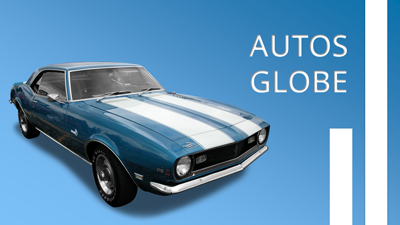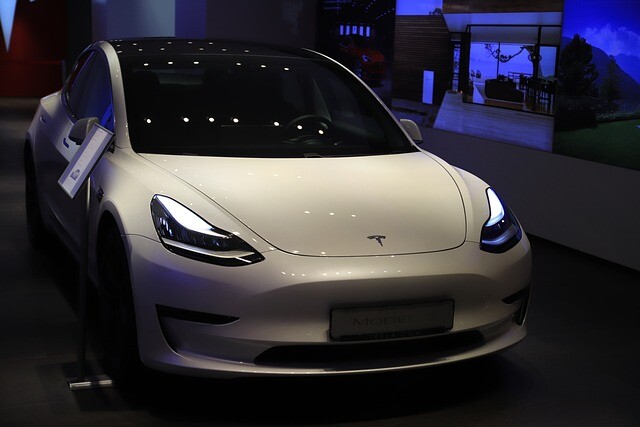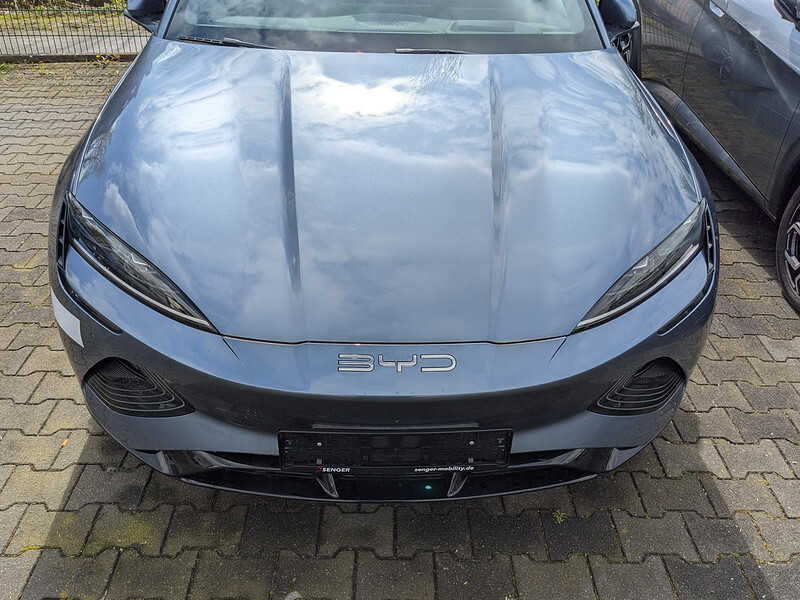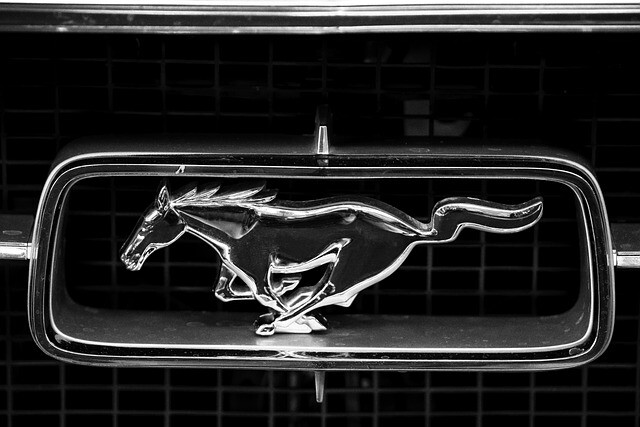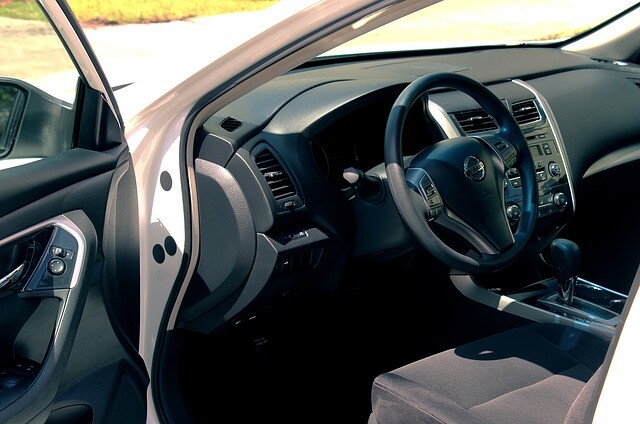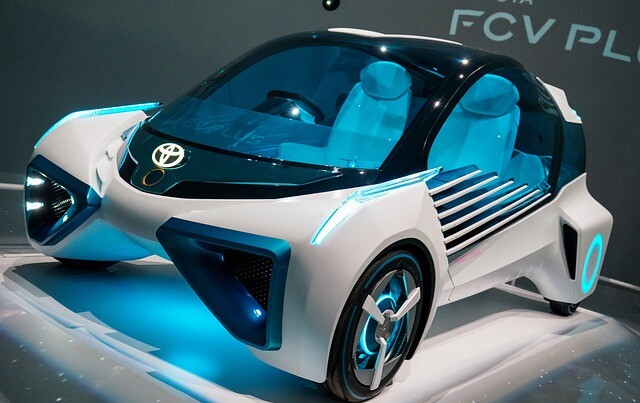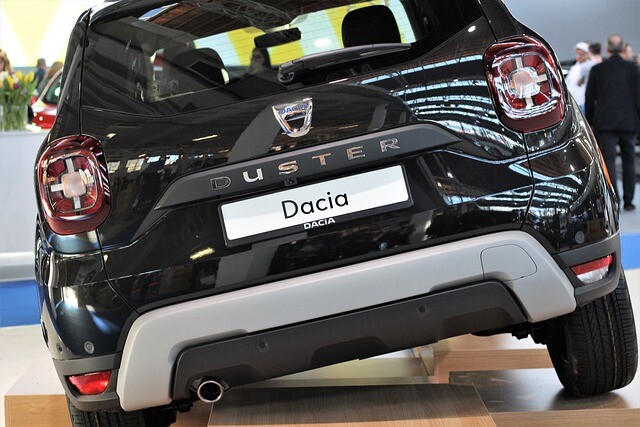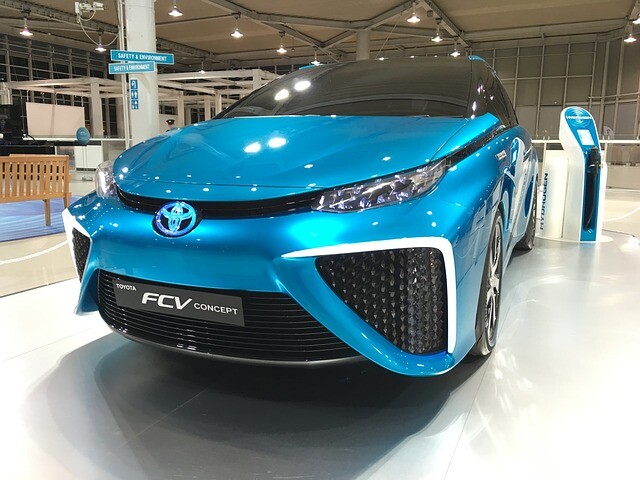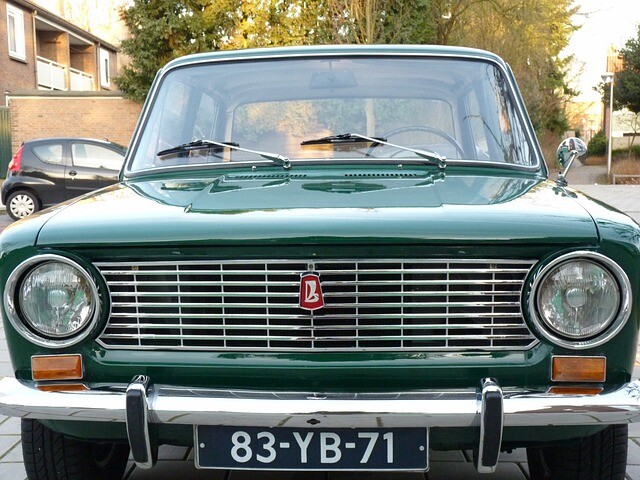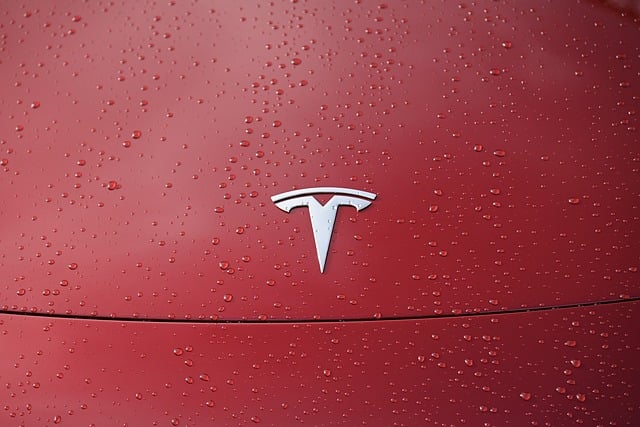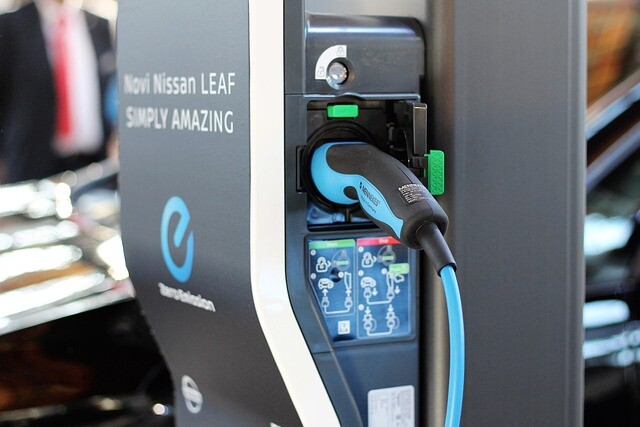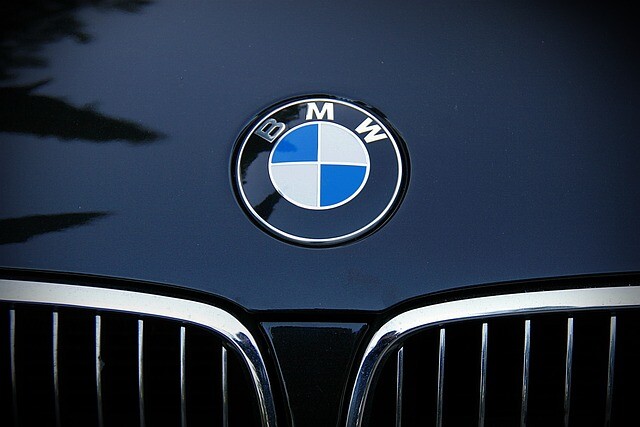Audi e-tron Sportback
402 horsepower, 665 Nm, 446 km range, 5.7-second acceleration to 100 km / h: Audi's second electric model, the e-tron Sportback, has been priced.
The medium resistance coefficient of the model is a good example of how wrong our notions of streamlining are. Although the body is sleek rather than graceful, the 0.25 cW value is outstanding and plays a key role in being able to cover up to 446 kilometers with the 95 kWh battery pack (WLTP measurement): the factory says the crossover compared to the Audi e-tron model, the range is 10 kilometers longer due to its marginally better air resistance.
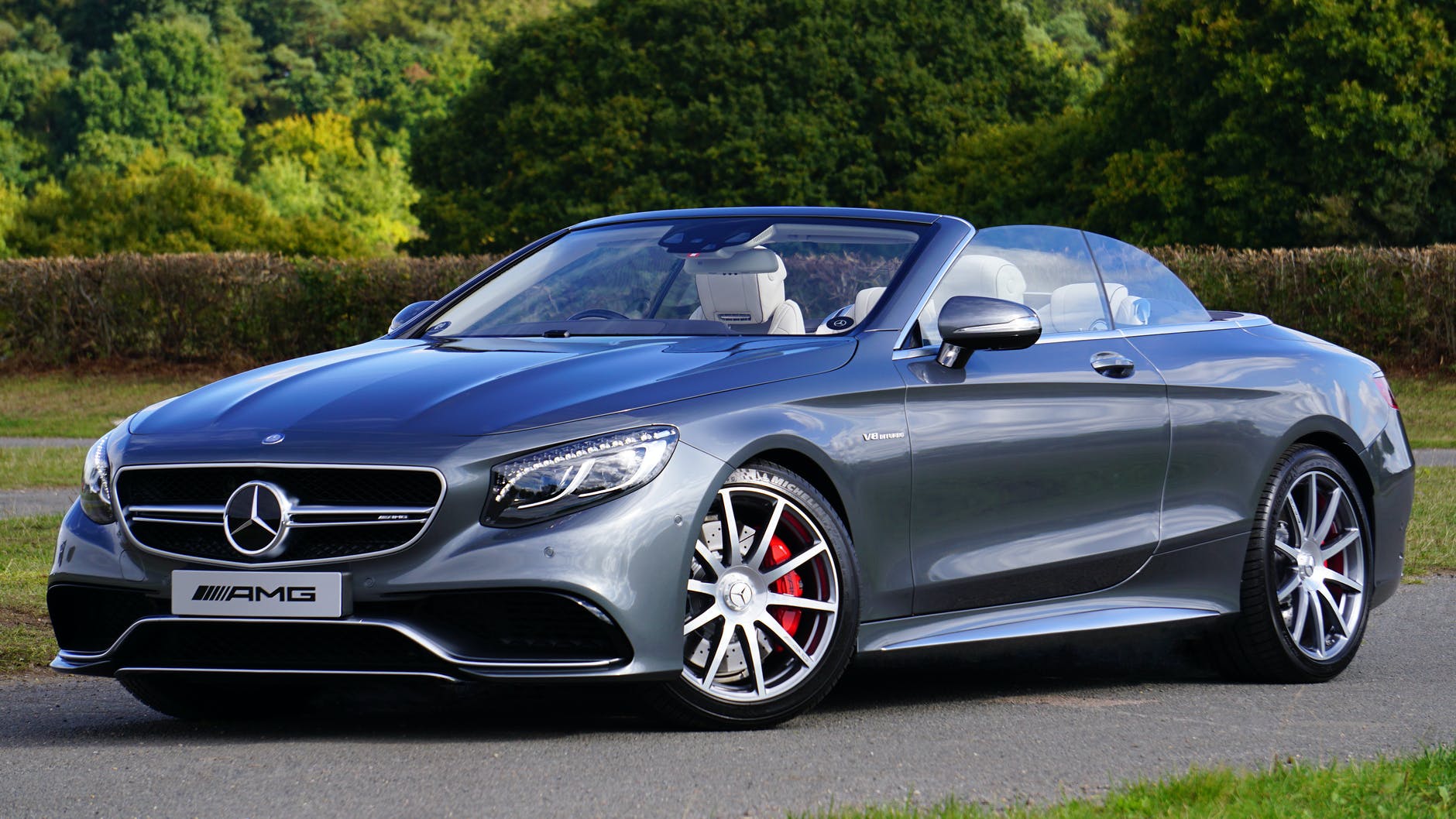
The Audi e-tron Sportback also introduces a world first: this one million micromirror LED headlight, the control of which adjusts the angle of inclination of mirrors with an edge length of a few hundredths of a millimeter (!) Up to 5,000 times per second, of course separately.
The primary function of the pixel lamp is to have more accurate adaptive lighting than ever before - for example, it can only illuminate our own lane, thus helping to guide, or it is suitable to illuminate obstacles on the road (eg pedestrians), but of course after or before departure. it is also able to project onto the ground or wall, because that is the only way to impress customers.
By default, the twin-engine all-wheel drive only operates the rear electric motor, reserving the front if the car needs to be stabilized or extra power is needed.
The acceleration and power values mentioned in the introduction only occur in S (sports) operation, at floor gas. In the normal position, we operate with 355 horsepower and 561 Nm of torque; in this case the car accelerates to 100 km / h in 6.6 seconds. The top speed is always 200 km / h. Audi Drive Select adaptive chassis control is standard, while the air suspension can vary the ground clearance in the 76 mm range.
The e-tron Sportback is originally planned to be available across Europe from spring 2020, but initially a lower-performance model variant will only be available. It is also all-wheel drive, but has a system output of 308 hp and a combined torque of 540 Nm. It has a top speed of 190 km / h and an acceleration of 0-100 km / h in 6.8 seconds. An important difference is that instead of the two-level, 36-cell, 95 kWh battery of the larger version, we only get a single-level, 27-cell, 71 kWh battery. This means a saving of 120 kg (2370 kg ready-to-drive weight) and a range of 347 km.
(Source: vezess.hu / photo: pixabay.com)
